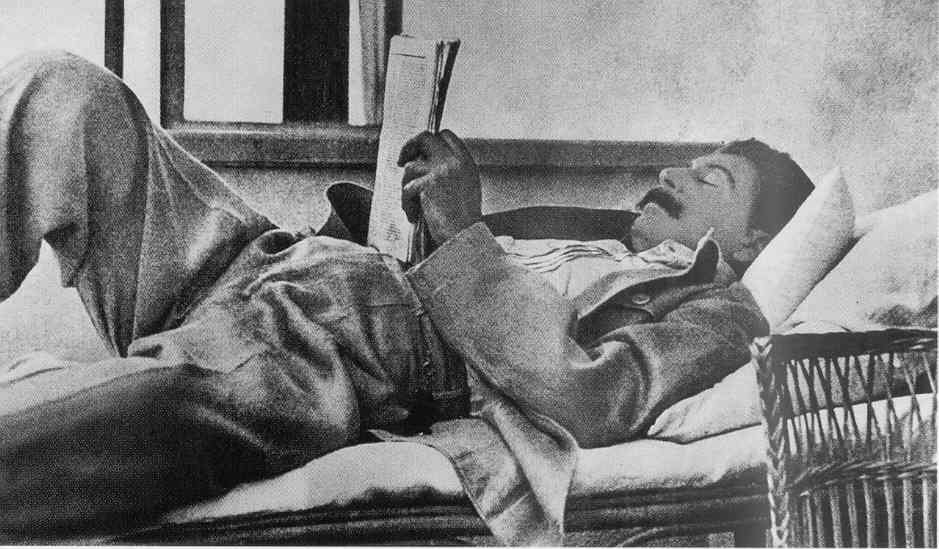Iosif (Joseph) Vissarionovich Dzhugashvili was born in Gori, Georgia, Russia on December 18, 1879. He was raised in poverty.
His father was a cobbler but was also an abusive alcoholic. His mother worked as a washerwoman and was a deeply religious woman who pushed Iosif to become a priest. After only one year at the Orthodox Seminary of Tiflis, Iosif had become more interested in the Russian Social-Democratic Labor Party and the writings of Vladimir Lenin than his studies. He declared himself an atheist and refused to take his final exams.
Iosif took the name, Joseph Stalin. Stalin means steel in Russian.
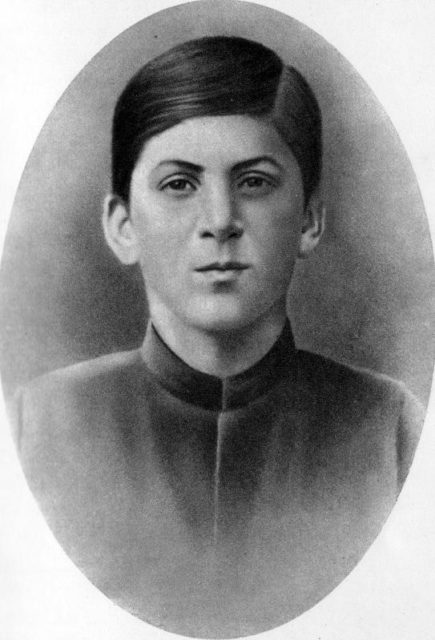
Although Stalin seemed larger than life, he was only 5 feet 5 inches tall. President Truman called him a “little squirt”, although presumably not to his face.
Stalin loved American westerns and Charlie Chaplin movies and often forced his Commissar of Cinema, Ivan Bolshakov, to get up in the middle of the night to translate for him.
Stalin enjoyed reading, had a library of over 20,000 books, and often read 500 pages or more a day.
Stalin was afraid of flying, and his cabinet members were prohibited from flying without permission.
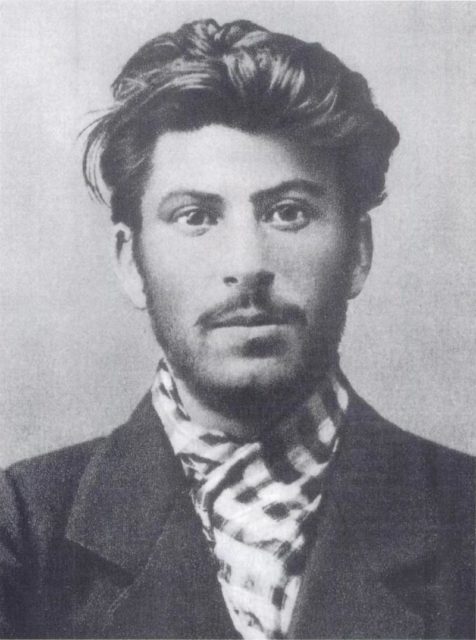
If Stalin was drinking, which he frequently was, his guests were forced to drink with him. Like his father, Stalin was an abusive drunk.
Stalin’s left arm was permanently damaged in a buggy accident as a child, and he always attempted to hide his unusable left hand.
Life as a dictator
Stalin’s extreme paranoia caused him to distrust many around him. He ordered the murders of 93 of the 139 members of the Central Committee, and 81 of the 103 top military men. Propaganda was rampant, and citizens were encouraged to keep an eye on their neighbors.
Over 3,000 Russians were accused of disloyalty and were sent to labor camps in Siberia, with over 750,000 eventual deaths, BBC News reported.
Stalin had cities and roads renamed in his honor, rewrote Russia’s history of the 1917 revolution to favor himself, and had his likeness softened on propaganda posters to reduce his Georgian facial characteristics.
Stalin changed the laws dealing with treason, making arrests and executions much easier.
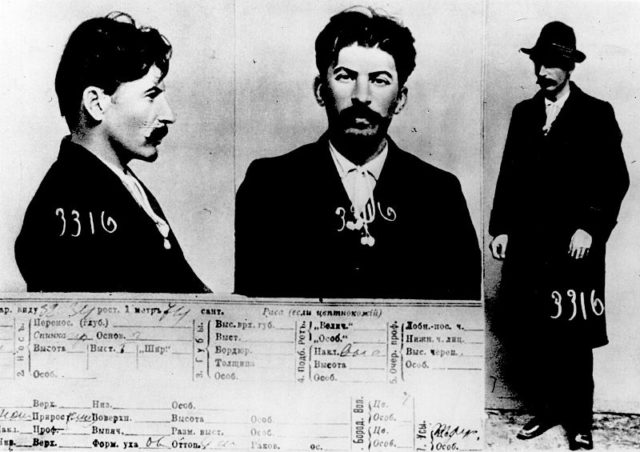
Stalin had all the members of Lenin’s cabinet put to death. He had photographs of himself and party leaders that had been executed altered so no association could be inferred.
Stalin instituted Atheism as a national “religion”, had churches and synagogues destroyed, and ordered the execution of over 100,000 members of the clergy.
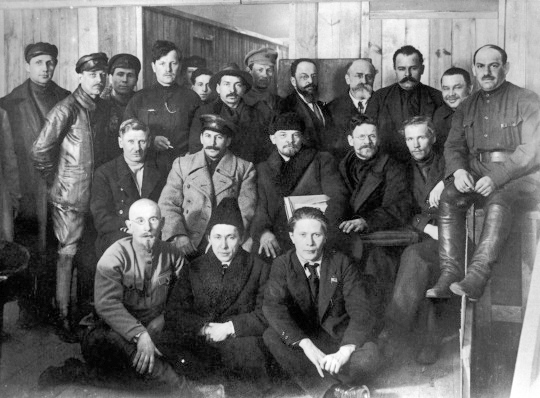
When he died, Stalin shared Lenin’s Mausoleum until his successor, Nikita Khrushchev, had him removed and buried behind the Kremlin.
Aftermath
The Soviet Archives show 799,455 known executions, over a million deaths in labor camps, and over 390,000 deaths due to forced relocation of the poorer elements of society. At least 6 million people died in the Ukrainian famine in 1932; Stalin ignored the disaster because it helped him eliminate undesirables.
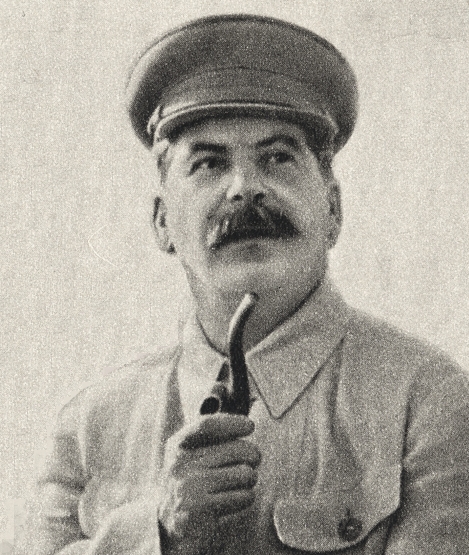
American historian Timothy D. Snyder has concluded that between 6 million and 9 million people died under Stalin’s reign of terror.
Even though Stalin’s death toll rivaled Hitler’s, he was revered for the improvements he made to the USSR. In a recent poll of young Russians, half responded that Stalin was a good leader and 46% of the respondents said history should not see him as a tyrant. These people believe his policies did more to help Russia and that should overshadow the deaths.

A bronze death mask and hand casts of Stalin sold for £3,600 at a British auction in 2012.
Read another story from us: Felix Dadaev- The unfortunate body double of Joseph Stalin
When Stalin died, Soviet newspapers extolled the nation’s grief, but the American Embassy reported that there was more public concern over the death of Franklin Roosevelt than for Stalin.
